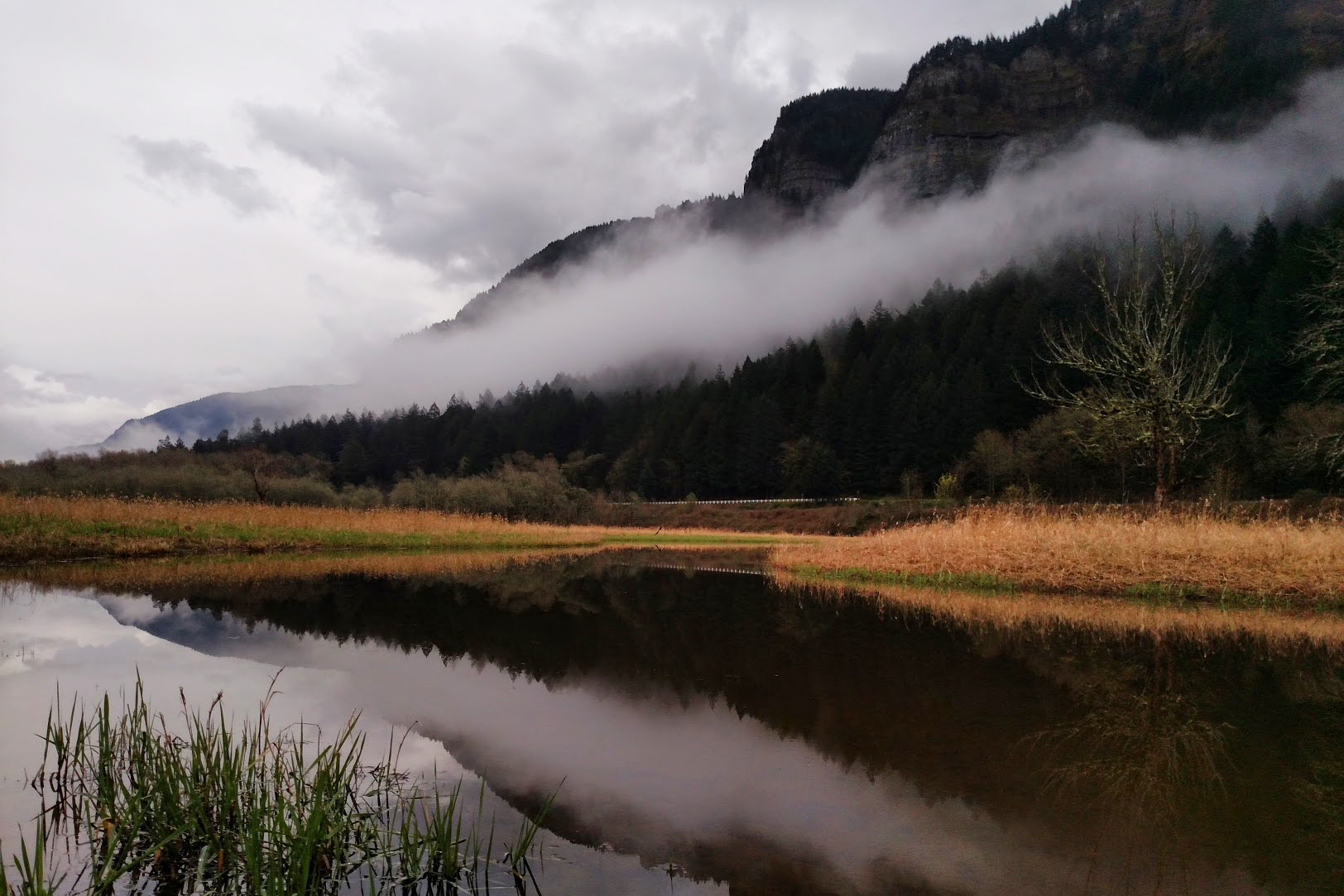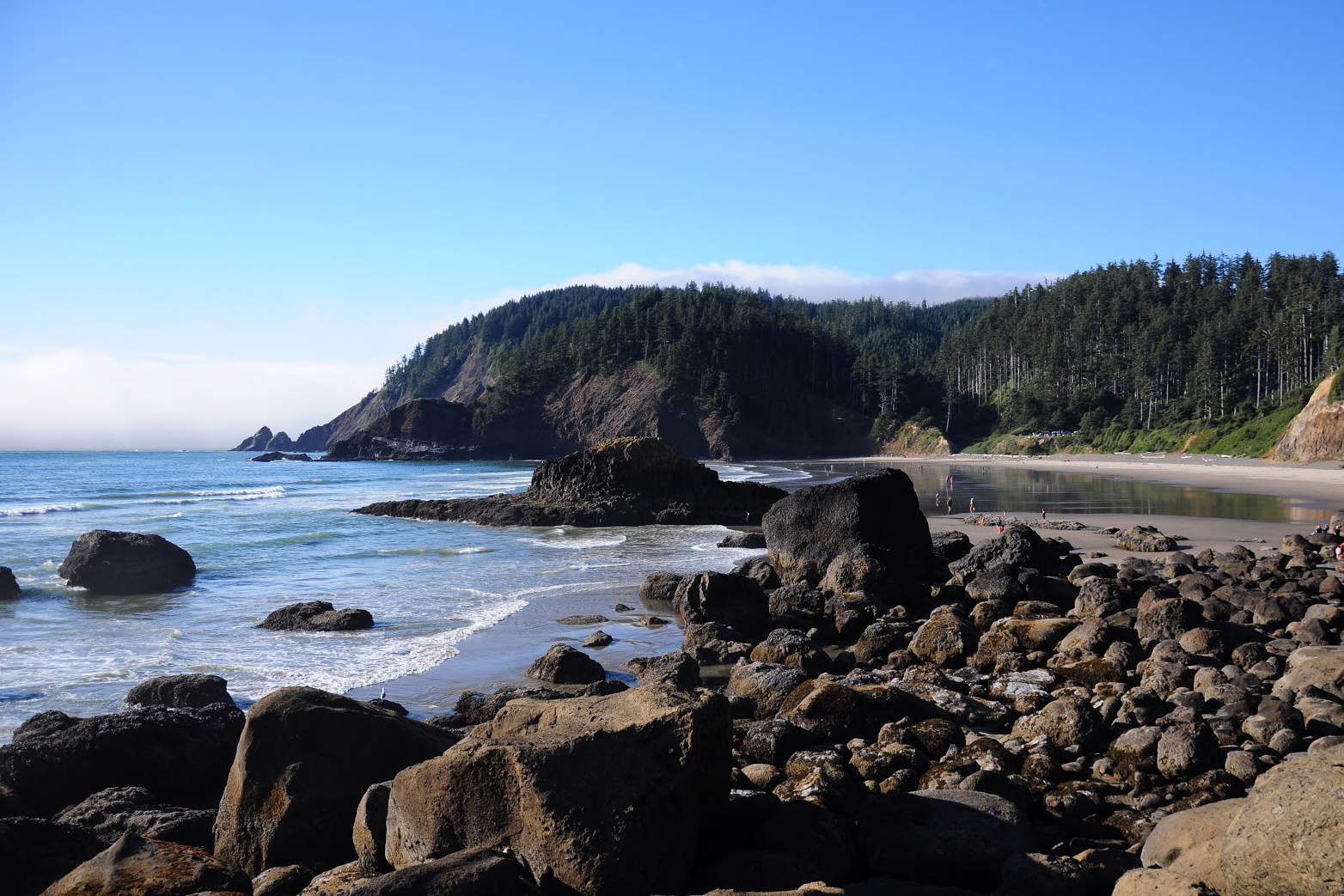Summer brings opportunities to enjoy Oregon’s natural splendor, but for some at Portland State, the season is also a chance for hands-on environmental advocacy.
Dr. Angela Strecker, an aquatic ecologist in PSU’s department of environmental science and management, runs the Oregon Lake Watch, a group of statewide volunteers who monitor Oregon’s lakes over the summer.
In 2012, Strecker and a handful of other collaborators received funding to restart Lake Watch, which originally began in 1991 but fizzled out due to lack of resources. Strecker said the group’s initial funding came in part from Aquatic Invasive Species Prevention permits, which boaters are required to purchase for their watercraft.
Local conservation efforts often focus on salmon and their rivers, which means lakes and ponds often get overlooked. The Oregon Lake Watch, in part, is meant to supplement the attention lakes and ponds otherwise receive.
According to Rich Miller, who works with the OLW, the organization has surveyed 31 different lakes. It has also trained 40 volunteers in the last three years.
Each spring, the OLW hosts training sessions across the state. Volunteers are required to attend one session, where the organization matches participants with an accessible body of water. Volunteers are then responsible for monitoring their lake twice over the course of a season, usually once in midsummer and again in late summer or early fall.
“It’s a pretty low commitment in terms of time,” Strecker said. “Most of our volunteers spend maybe 15–20 hours a year doing the work.”
At the training sessions, participants also learn to record data, use the equipment and identify aquatic species—both native and nonnative.
“The way to know if something isn’t native is to know what is native,” Strecker said. “We teach that to some extent, but for the most part we don’t expect anyone to become an expert.”
Except for transportation to the actual lakes, the OLW provides all the equipment volunteers need: a thatch rake for collecting plant samples, a temperature monitor and a Secchi disc, and a buoyant black-and-white circle used to measure water clarity. While it is helpful to have a boat, especially for temperature monitoring, Strecker said boats are not a necessity since many invasive species grow along the shoreline.
Quick action is important in catching nonnative species. Many species aren not extremely visible until the individual organisms have accumulated in such numbers that it is difficult to combat them.
“The more people we have looking, the more likely we are to find something early and the more likely we are to be able to do something about it,” Strecker said.
Though the Oregon Lake Watch is separate from Strecker’s lab at PSU, both are involved in the same focus: identifying invasive species in Oregon’s waterways. The lab examines how bodies of water are influenced by human activity. Strecker and her students look at environmental stressors, like habitat fragmentation, climate change and invasive species.
Currently, one student is researching in California, but all other research is focused in Oregon and Washington.
Strecker said that as of yet the OLW has not been collecting data long enough for her lab to make any conclusive statements about Oregon’s waterways. However, the OLW has detected invasive species in bodies of water where they have not been recorded previously.
In addition to these new observations, the OLW’s information is a valuable tool for public outreach and education. The group’s data can help local residents understand the risks of spreading nonnative species, and knowing how to spot invasives can empower residents to have a stake in their own surroundings.
For PSU geography major Danielle Packard, this is one of the things she likes about volunteering for the Oregon Lake Watch.
“When I’m out there testing, people will ask me what I’m doing and I like being able to share that,” Packard said. “I enjoy being able to educate people so they have some sort of sense that there’s a watch. They like their environment as much as I do.”
For Packard, volunteering for the OLW started as a way for her to gain concrete experience in her field outside the classroom. Later, as her academic interests developed in a different direction, she found that the OLW is a good way to get back into nature and out on the water.
“It’s an opportunity to reengage with the area we live in,” Packard said. “It’s a way to give back to the community.”
According to Miller, the Oregon Lake Watch will confirm its June training session dates by mid-May. Training locations will be near Portland and in various locations around the state, depending on the results from an upcoming survey.
Dates, locations and times will be available at pdx.edu/oregon-lake-watch






